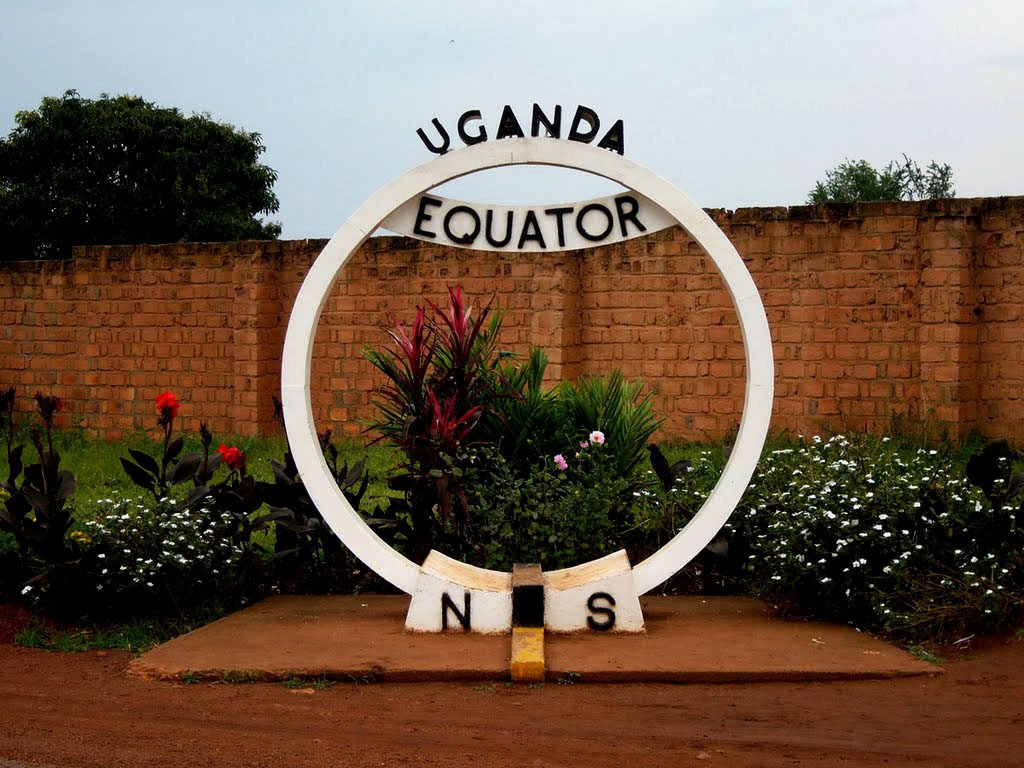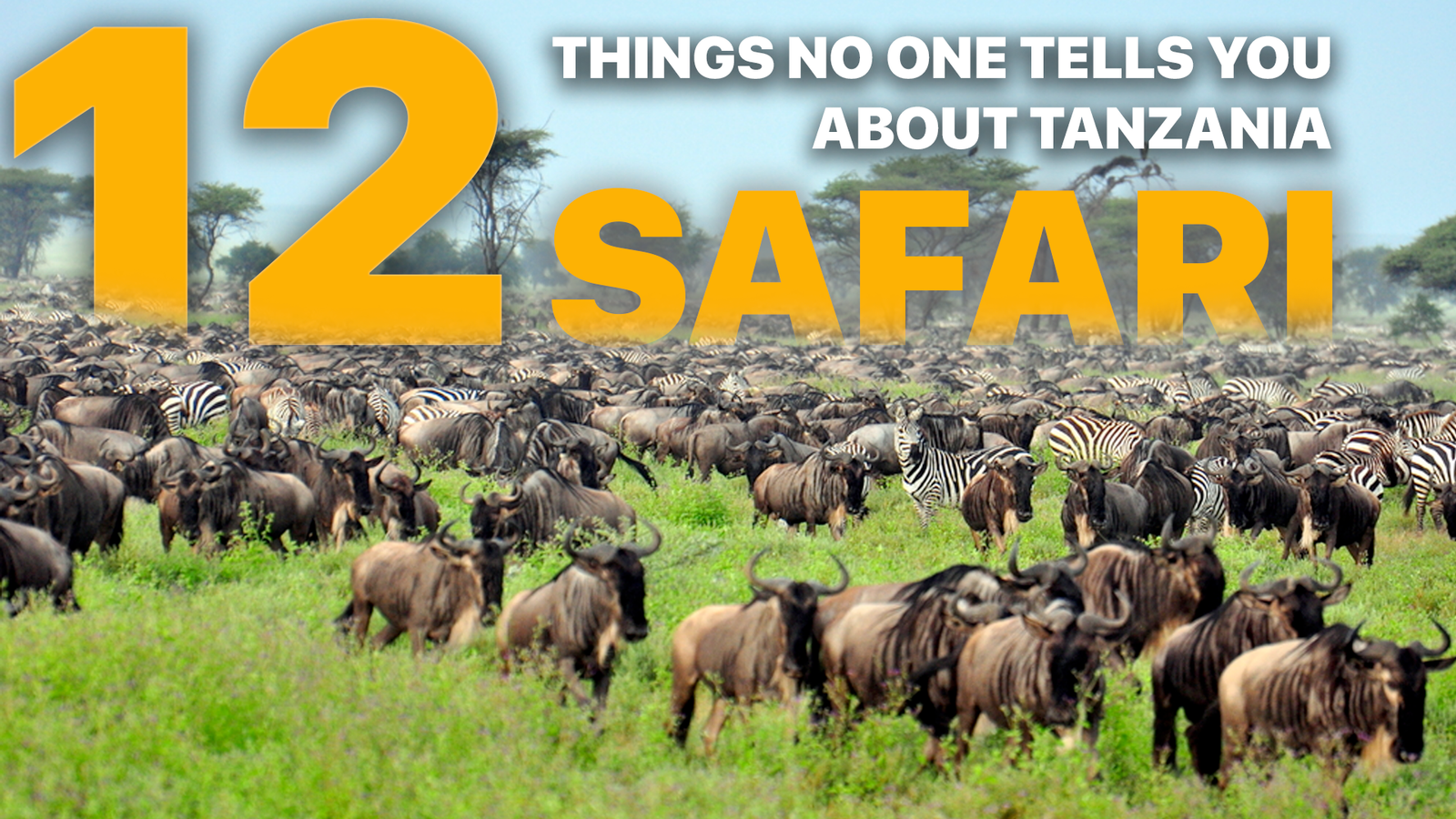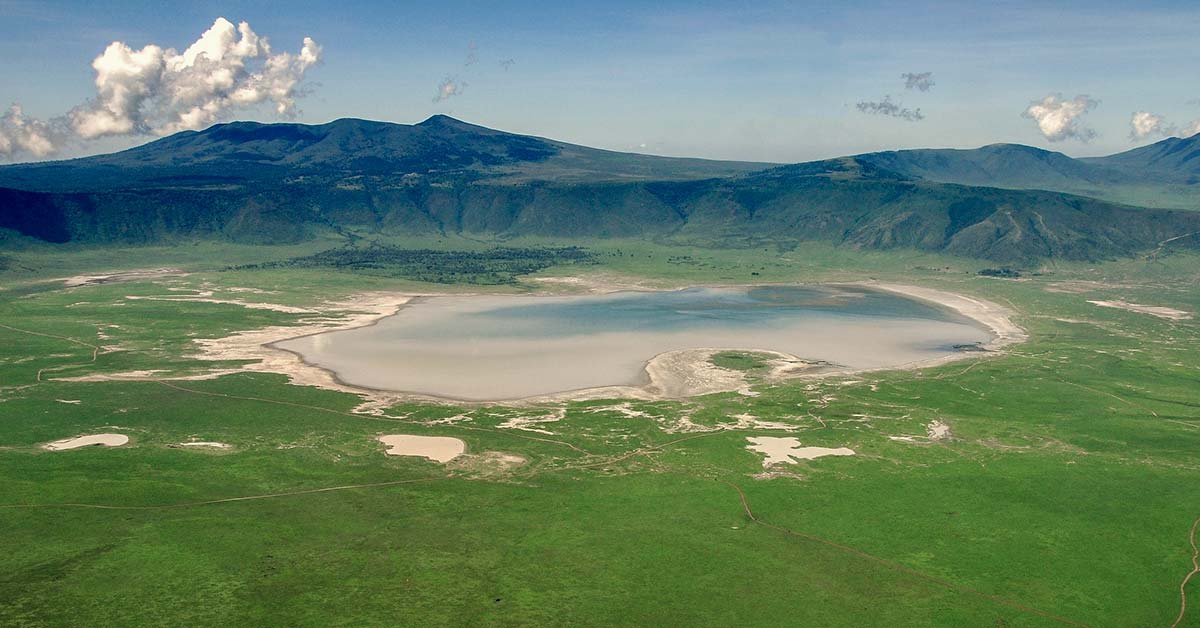The Equator in Queen Elizabeth National Park
Queen Elizabeth National Park is a captivating wildlife sanctuary nestled in the southwestern region of Uganda. One of the unique features that make this park even more extraordinary is its proximity to the Equator, an imaginary line that divides the Earth into the Northern and Southern Hemispheres.

As you venture into this diverse and enchanting ecosystem, you’ll discover the Equator monument, a symbolic landmark commemorating this geographical marvel. In this introduction, we will delve into the fascinating intersection of wildlife, natural wonders, and the Equator, making Queen Elizabeth National Park an exceptional destination that offers both a thrilling safari experience and a chance to straddle the world between the hemispheres.
The Equator monument in Kasese district is located at approximately 0.375 degrees south latitude. Kampala, the capital city, is situated at approximately 0.313 degrees north latitude.
The straight-line distance between Kampala and the Equator monument is roughly around 65 to 70 kilometers, depending on the specific location in Kampala you start measuring from.
By road, it takes about 6 to 8 hours to travel from Kampala to the Equator monument in Kasese district, where Queen Elizabeth National Park is situated.
Keep in mind that travel times can vary depending on road conditions, traffic, and the specific route taken. Always refer to the latest maps and consider local travel advisories when planning your journey.
Visitors to Queen Elizabeth National Park often make a point to visit the Equator monument, which is located nearby, for several reasons:
Geographic Significance:
The Equator is an important geographical feature that marks the division between the Northern and Southern Hemispheres. It holds symbolic value as a reference point for understanding the Earth’s axial tilt and its influence on weather patterns and climate zones.
Unique Experience:
Visiting the Equator in Queen Elizabeth National Park offers a truly unique experience that few other places can match:
- Hemisphere Straddling: Standing directly on the Equator line allows visitors to experience the sensation of straddling two hemispheres simultaneously. It’s an extraordinary feeling to have one foot in the Northern Hemisphere and the other in the Southern Hemisphere, creating a memorable moment that embodies the wonder of global geography.
- Gravity Defying Demonstrations: At the Equator monument, tourists can witness fascinating demonstrations that showcase the curious effects of the Earth’s rotation on objects placed directly on the Equator. Water draining in opposite directions on either side of the Equator and other gravity-defying experiments add an element of amusement and intrigue to the visit.
- Equatorial Climate: Queen Elizabeth National Park lies close to the Equator, providing visitors with an opportunity to experience an equatorial climate first-hand. The region’s warm temperatures, lush vegetation, and unique wildlife species are characteristic of this geographical zone, offering a distinct environment for exploration and appreciation.
- Cultural Significance: The Equator holds cultural significance for many local communities living near the park. It may serve as a place of cultural gatherings, traditional ceremonies, or historical events, providing visitors with insights into the region’s cultural heritage and connections to the Earth’s geography.
- Educational Insights: Guided tours or informative displays at the Equator monument offer valuable educational insights into Earth’s geography, the concept of latitudinal lines, and the impact of the Equator on global climates and ecosystems. Learning about these scientific aspects enhances the visitor’s understanding of the world we inhabit.
- Commemorative Photos and Memories: The Equator visit presents the perfect backdrop for unique and creative photos, capturing the moment of being at this significant geographic point. These memorable photographs become cherished souvenirs and lasting memories of a special journey to Queen Elizabeth National Park.
In conclusion, visiting the Equator in Queen Elizabeth National Park offers an extraordinary and multifaceted experience that blends geographic wonder, cultural significance, educational opportunities, and unforgettable moments that will leave visitors with lasting memories of their time in this remarkable part of the world.
Educational Opportunity:
The Equator monument often has informative displays or guides that explain the concept of the Equator, its significance, and its effects on the environment and human culture. It presents a chance for visitors to learn more about the Earth’s geography and its impact on global phenomena.
Tourist Attraction:
The Equator monument is a popular tourist destination and is often included as part of tours or itineraries for visitors exploring Queen Elizabeth National Park. It adds an extra element of interest to the overall safari experience.
Souvenirs and Memorabilia:
At the Equator monument and nearby gift shops, visitors can find a variety of souvenirs and memorabilia related to the Equator and the park. These items may include T-shirts, crafts, and other mementos to commemorate their visit.
Scenic Views and Photo Opportunities:
Exploring the Equator in Queen Elizabeth National Park provides visitors with exceptional scenic views and abundant photo opportunities, enhancing the overall experience in several ways:
- Panoramic Landscapes: The Equator monument is often situated in a picturesque location, offering stunning panoramic views of the surrounding landscapes. The park’s diverse terrain, which includes rolling savannahs, lush wetlands, and crater lakes, serves as a breathtaking backdrop for photographs that capture the park’s natural beauty.
- Wildlife Encounters: As visitors approach the Equator, they may have the chance to encounter various wildlife species that inhabit the area. From majestic elephants and graceful giraffes to elusive lions and colorful birdlife, the opportunity to capture wildlife in their natural habitat presents itself as a captivating photographic experience.
- Sunrise and Sunset: The Equator location in Queen Elizabeth National Park provides an ideal vantage point to witness breathtaking sunrises and sunsets. The vast open plains and unobstructed horizons create a spectacular canvas for the golden hues and vibrant colors that fill the sky during these magical moments.
- Equator Signage and Markers: The Equator monument itself often features unique signage or markers denoting the line’s location. These markers offer playful photo opportunities, such as straddling the Equator line or posing beside the markers as a visual representation of the geographic feat.
- Cultural Elements: Depending on the specific location of the Equator monument, visitors might also encounter elements of local culture and traditional architecture in the vicinity. Capturing these cultural aspects through photography adds depth to the travel experience and offers a glimpse into the region’s heritage.
- Group Photos and Selfies: The Equator visit often attracts tourists from various parts of the world, creating a multicultural ambiance. Sharing the experience with fellow travelers and taking group photos or selfies together adds a sense of camaraderie and global connection, making for heartwarming memories.
- Equatorial Vegetation: The region around the Equator in the national park is characterized by lush vegetation, including tropical forests and dense foliage. Photographing the unique flora and the interactions between wildlife and their habitat enriches the visual storytelling of the park’s biodiversity.
Whether capturing the awe-inspiring landscapes, wildlife encounters, cultural elements, or simply commemorating the moment of straddling the Equator, the scenic views and photo opportunities at Queen Elizabeth National Park’s Equator location make for a compelling and visually rewarding part of any visit to this remarkable destination.
Overall, visiting the Equator in Queen Elizabeth National Park provides a unique blend of geographic significance, educational value, and fun experiences, adding to the richness of the overall travel experience in this remarkable Ugandan wildlife sanctuary.




